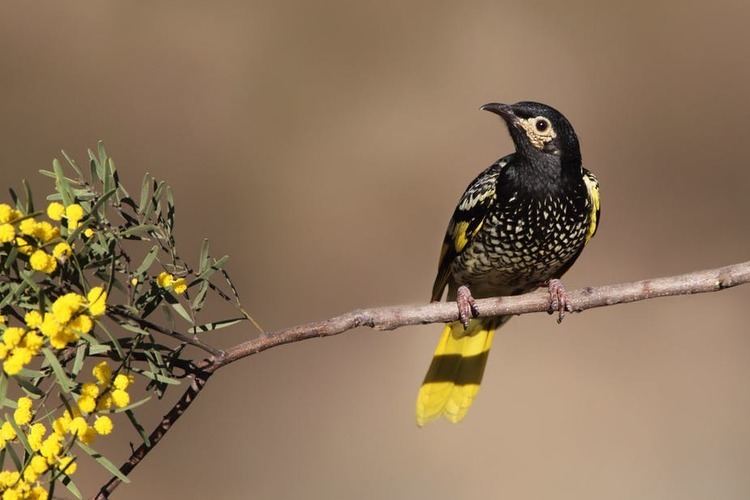Order Passeriformes Genus Anthochaera Higher classification Xanthomyza | Phylum Chordata Family Meliphagidae Scientific name Anthochaera phrygia Rank Species | |
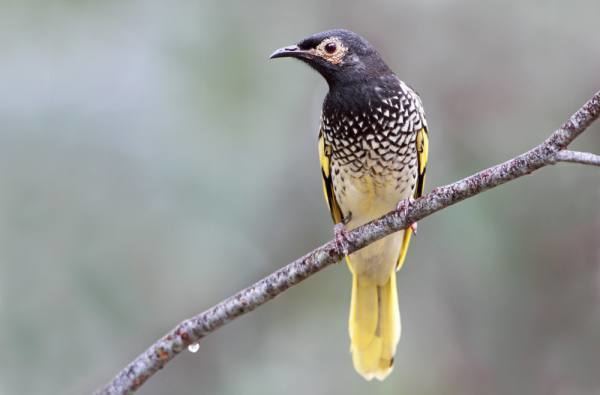 | ||
Similar Honeyeater, Painted honeyeater, Wattlebird, Swift parrot, Black‑chinned honeyeater | ||
Regent honeyeater captive release community monitoring project 2015
The regent honeyeater (Anthochaera phrygia) is a critically endangered bird endemic to South Eastern Australia. It is commonly considered a flagship species within its range, with the efforts going into its conservation having positive effects on many other species that share its habitat. Recent genetic research suggests it is closely related to the wattlebirds.
Contents
- Regent honeyeater captive release community monitoring project 2015
- The regent honeyeater project
- Taxonomy
- Distribution
- Important Bird Areas
- Conservation status
- References
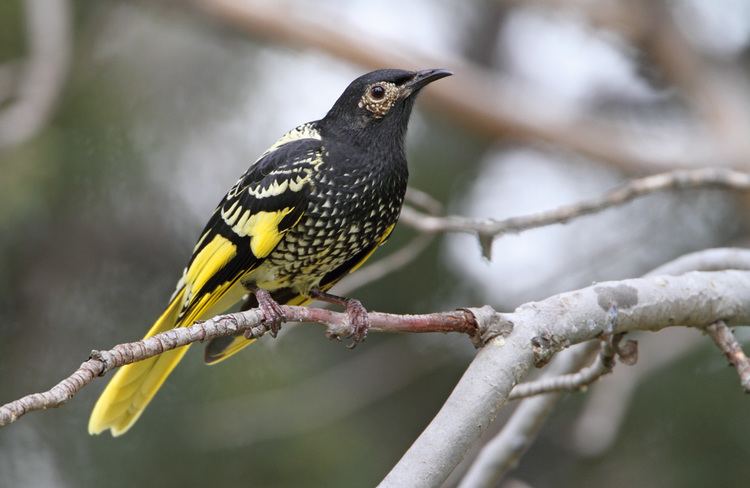
The regent honeyeater project
Taxonomy
First described by the naturalist George Shaw in 1794, the regent honeyeater was moved to Anthochaera in 1827 by the naturalists Nicholas Aylward Vigors and Thomas Horsfield. It was known as Xanthomyza phrygia for many years, the genus erected by William John Swainson in 1837. DNA analysis shows that its ancestry is in fact nested within the wattlebird genus Anthochaera. The ancestor of the regent honeyeater split from a lineage that gave rise to the red and yellow wattlebirds. The little and western wattlebirds arose from another lineage that diverged earlier.
Distribution
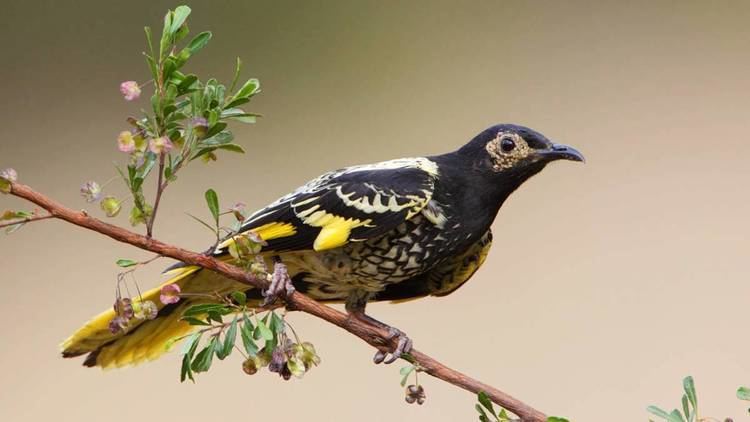
The regent honeyeater was once common in wooded areas of eastern Australia, especially along the inland slopes of the Great Dividing Range. It once could be found as far west as Adelaide, but is now gone from South Australia and western Victoria. The population is now scattered, with the three main breeding areas being the Bundarra-Barraba area and Capertee Valley of New South Wales, and north-eastern Victoria.
Important Bird Areas
BirdLife International has identified the following sites as being important for regent honeyeaters:
Conservation status
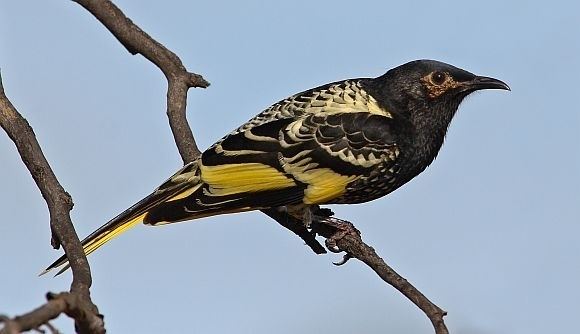
The regent honeyeater is listed as endangered on the IUCN Red List and under both Australia's Environment Protection and Biodiversity Conservation Act 1999 and Queensland's Nature Conservation Act 1992. The Action Plan for Australian Birds 2010, compiled by researchers from Charles Darwin University and published in October 2011 by the CSIRO, added the regent honeyeater to the "critically endangered" list, giving habitat loss as the major threat.
